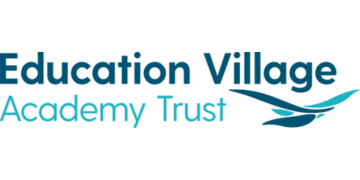The proposed new model for deciding apprenticeship funding bands is finally ready to be piloted, the Institute for Apprenticeships and Technical Education has announced.
Over the next 12 months the quango will invite trailblazer groups, on a voluntary and small-scale basis, to test the long-awaited process.
The pilot will initially focus on those apprenticeships unable to generate the number of quotes required by the current funding band allocation process, newly developed apprenticeships and those apprenticeships with no or low starts.
Around 20 trailblazer groups from various sectors are set to be piloted, but the IfATE said it was unable to provide a list of those involved.
The institute’s funding band consultation first launched in February 2020 and proposed a controversial new model that could see rates cut by over 40 per cent.
The institute then opened a second consultation on a revised “rates-based variable model” in August, which would essentially provide trailblazers with ready-made quotes. Trailblazers would also be able to provide additional evidence to inform a more bespoke level of funding, based upon the costs of teaching, consumables and mandatory qualifications.
However, concerns were raised that apprenticeships would become unprofitable if current ineligible costs – such as enrolments, inductions and initial assessments – were excluded from the new model.
A third consultation, this time by the Education and Skills Funding Agency, to decide what costs count towards apprenticeship training was then launched in December 2020 and is currently ongoing.
The outcome of the IfATE’s second funding band consultation is being held up by the ESFA’s eligible costs review but the institute is keen to plough ahead with testing its model regardless.
Any changes that are made to the funding rules from the ESFA’s review “will be reflected in the respective calculations of the new model”, an institute spokesperson said.
An IfATE update published last month said a key change made to the model presented during the most recent consultation is to remove the initial rates-based estimate from the proposed new approach.
This means that, in every instance, the trailblazer group will need to provide “specific, defined information” on various aspects of the individual apprenticeship being considered.
The institute said it believes the removal of the initial rates-based estimate of the approach will “strengthen transparency and provide a clearer and simpler process for employers and other stakeholders”.
Simon Ashworth, the director of policy at the Association of Employment and Learning Providers, said scrapping fixed inputs “is certainly a step forward” and should “result in proposed funding bands being more reflective of the real cost of delivery for providers”.
An IfATE spokesperson said trailblazer feedback “has been positive, with comments focusing on the improved transparency of the model and the control the trailblazer has in sourcing the best evidence on cost”.
Ashworth added, however, that if the ESFA’s review leads to new eligible costs being added, then all funding bands “will need to be updated to reflect these changes quickly”.















I see this approach to creating a funding band methodology as being like a car manufacturer.
The design team says ‘right, lets not reinvent the wheel, we’ll see what worked well elsewhere and copy the best bits’.
So they create a car with the front end of a Honda Jazz, the rear end of a Ford Fiesta, the tyres of a Land Rover and the engine of a Robin reliant.
Resulting in a car that looks and performs as you might expect it would.